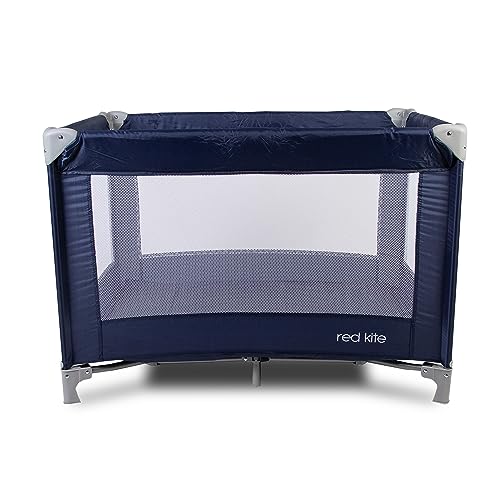How to Choose a Sale Cot
Mortuary cots are a crucial piece of equipment for funeral homes and hospitals. They allow staff to safely and with respect transport bodies. They provide a dignified, comfortable place to rest an individual.
COTS items are crucial in the federal market, but isn't easy to manage. This blog will explain how COTS products fit into GSA schedules, and other regulations governing procurement in the government.
Cost-effectiveness
The use of commercial-off-the-shelf (COTS) products allows procurement agencies to gain efficiencies by purchasing items that are readily available from the marketplace. This helps reduce development time and lowers cost of life. It also allows procurement agencies to maximize the benefits of technological advances and industry knowledge.
It is important to remember that COT designations can be subjective, and different entities will interpret COTS items in a different way. This can pose a problem for manufacturers who rely on a standard method for calculating accurate prices from government. For instance, wholesalers and GPOs usually have a list of COT items that are not in line with the list used by manufacturers to determine government prices. A written SOP and COTS Reference Library are vital elements to apply an efficient and consistent method of distributing COTs.
Reliability
Sale cot is an important purchase for mortuary facilities. It must be durable and strong enough to withstand the rigors of heavy use. It should also be simple to move and set up. If there are any issues following purchase the manufacturer should provide good customer service. Also, get feedback from your staff before making the final decision. They are the actual users of the cots and will tell you about its durability and reliability.

Wholesalers and GPOs give COT designations which are not in line with the list of the manufacturer. This is due to various factors, including changing business models, mergers, and acquisitions. This creates challenges for consistent application of a subjective lens to classify COTS.
Durability
The durability of sale cots is important as they must be able to stand up to heavy usage and frequent transport. Many funeral homes use these cots to display the body remains, so they need to be strong enough to withstand the weight of the casket as well as other items placed on the top. Cots should also be resistant against corrosion and possess an easy-to-assemble and stable structure. It is crucial to select an organization that provides customer service and is able to assist with any issues that could arise following the purchase.
Solid wood cots are the ideal furniture for babies, because they're durable and less likely to contain toxic chemicals or off-gassing as compared to composite materials such as MDF or Chipboard. They're also more attractive than less expensive alternatives.
If you're looking for a cot that can double as a lounger The Westport model from Silver Cross might be the perfect option for you. It's constructed of sturdy material and has three different levels of height suitable for growing babies. The instructions can be difficult but once you've got it all figured out, this cot will serve your family well.
The Helinox Cot One may be the lightest cot, however it's not as durable as the other models we've evaluated. It also has a lot of parts and therefore takes longer to put together than other cots. It's a comfortable cot and is a great choice for backpackers. It's also 14 oz lighter than the Thermarest Luxury Lite and Sleep Rite.
Safety
If you are supplying cots, you must ensure they are in compliance with the safety standard. This is an essential step to prevent injuries to children and even death. This can be done by asking your supplier if their products have been tested independently. Request your supplier to send you a copy of their test results. Alternately, you can organize your own test.
It's crucial to verify the safety of your cot prior letting your baby sleep in it, no matter if it's new or used. Cots For Tots is also important to be looking for warnings and labels that provide details, as well as a certificate from the manufacturer. It should also be free of any sharp edges, protrusions, or gaps that could trap the child's leg or finger. Also, there should not be footholds that a child can use to get out of the cot.
When selecting a cot, check that the mattress is flat and clean. It should be able to fit comfortably without gaps, and the bottom edge of the rail should not be more than 30 millimetres away from the mattress base. If the cot's base is adjustable, ensure that it is set to its lowest position.
Make sure that the slats and filler bars have been firmly fixed, and that they do not have any tiny holes that could trap clothing. Bolts, nuts, and corner posts shouldn't protrude more than 5mm to stop a child from getting their fingers caught. Make sure that the cot is not near loose blinds or curtains which can easily be pulled off by tiny hands.
Find a label that shows the cot has passed the obligatory tests and is in compliance with Australian Standards AS/NZS2172:2003 Cots intended for household use safety requirements. This is the only guarantee that the cot is safe and suitable for sleeping. It's illegal for retailers, second-hand shops and antique stores to supply antique cots that do not have certificates or labels.
Accidents can happen, even though the majority of designers and manufacturers do their best to make sure that their products are safe. Older cots that have been used by children of other ages might not be up to current safety standards, and could pose risks of suffocation, strangulation or ingestion of foreign bodies.
